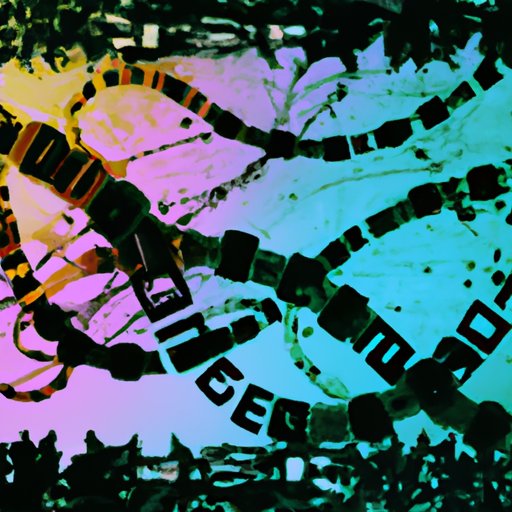Art Beyond the Canvas: The Role of Media in Modern Art
When we think of art, images of paintings and sculptures come to mind. However, the definition of art has expanded dramatically over the years. Media in art has pushed the boundaries of what we consider art to be and has opened doors to new and innovative forms of expression.
The use of media in art has enabled artists to work outside the traditional confines of canvas and clay, allowing them to explore and experiment with a wide range of materials and forms. This article will explore the role of media in modern art, the different types of media that have been used in art, and the impact they have had on the art world.
What is Media in Art?
Media in art can be defined as the various materials and techniques that artists use to create their works. It includes traditional materials such as paint, charcoal, and clay, as well as modern materials like video, performance, and digital technology.
Media in art is not limited to the physical materials used to create a work of art. It also encompasses the ways in which artists can manipulate the medium, explore its potential, and challenge the audience’s expectations. The possibilities are endless, making the role of media in art an exciting and constantly evolving field.
The Impact of Media on Art
Media has had a significant impact on the art world, both in terms of the types of works being produced and the way in which we consume and interpret art.
The use of video, for example, has enabled artists to create immersive, interactive installations that transport the viewer into a different world. The use of sound and lighting in such installations can create a multisensory experience, blurring the lines between art and reality.
Performance art, another form of media in art, often involves the audience itself. Performances can range from the heavily choreographed to the spontaneous and improvised, and can take place in a variety of settings, from traditional theaters and galleries to public spaces and even online.
The rise of digital technology has also enabled artists to explore new forms of expression. Digital art encompasses everything from computer-generated images to interactive installations that allow the viewer to manipulate the work in real time. It has also created new platforms for artists to showcase their work, such as online galleries and social media.
Examples of Different Types of Media in Art
Some of the most well-known examples of media in art include:
- Painting: One of the most traditional forms of media in art, painting can involve a range of materials, from acrylics and oils to watercolors and gouache.
- Sculpture: Sculpture can be created using a wide range of materials, including stone, metal, and even found objects.
- Photography: Photography has become an extremely popular medium in contemporary art, often used in conceptual and documentary works.
- Video and Film: Video and film have been used extensively in contemporary art, often as a way of exploring themes such as identity, memory, and politics.
- Installation and Performance: Installation and performance art often involve the creation of site-specific works that engage with the viewer in a multisensory way.
- Digital Art: Digital art involves the use of technology to create works that exist solely in the digital realm, often using computer software and other digital tools.
The Future of Media in Art
The possibilities for media in art continue to expand, thanks in large part to advancements in technology. We can expect to see new and innovative forms of expression emerging, as artists continue to push the boundaries of what is possible.
Innovations such as virtual and augmented reality are already being used in some works of art, opening up entirely new realms of possibility for artists and viewers alike. Digital technology will continue to play a major role in art, enabling artists to create works that are interactive, immersive, and even responsive to the viewer.
The role of media in art will continue to evolve and expand, as artists explore new frontiers and engage with new technologies. By understanding the impact of media on art, we can gain a deeper appreciation for the works being created today and gain insights into what the future holds.
Conclusion
The role of media in art is an ever-expanding field, enabling artists to push the boundaries of what is possible and create innovative works that captivate and inspire. By understanding the impact of media in art, we can gain a deeper appreciation for the art being created today and gain insights into what the future holds.
